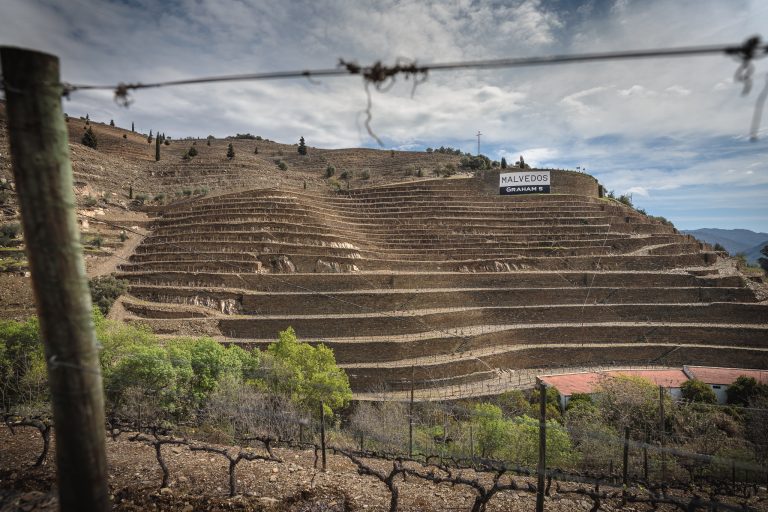Our website uses cookies in order to work correctly and to improve your browsing experience. By browsing this website, you agree to our Cookie Policy.
Mechanical Harvesting
The Douro is the world's largest area of mountain vineyard, accounting for 52% of the total classified mountain vineyard on earth. 40% of the Douro’s vineyards are on slopes with gradients ranging from 30 to 70%. With this topography, most of the vineyard work has necessarily been labour-intensive due to the difficulty of developing machinery for such steep terrain.
The most demanding activity is the harvest, although in the past it has been possible to find enough people to pick the grapes. In recent years the Douro's demographic has been changing fast. The last census (2001-2011) showed a decline in the regional population of between 8 and 16% (varying by subregions). From 2011 to 2016 the working age population decreased by 5.2% and projections indicate a further reduction of 10% by 2021. The demographics reflect an ageing population and young people who do stay prefer to work in other areas, such as the growing wine tourism industry.
In recent years the shortage of pickers has become a serious problem. During the 2018 harvest the shortfall was partially mitigated because the crop size was down by 30%. Even so, many producers had great difficulty finding enough people to pick grapes. When there are fewer pickers, it is much harder for grapes to be picked at their optimum ripeness and quality, as there is much less flexibility with the picking schedules.
Our viticulture team has been aware of this situation for some time and has taken action to prepare for the future. No off-the-shelf solution was available and we knew we would have to develop our own harvester. In 2014, we initiated an ambitious project to plan ahead for the introduction of mechanised harvesting, which required adapting the vineyards themselves so that the harvester can actually operate on them.
In 2015, with the help of the University of Geisenheim in Germany, we approached an agricultural machinery manufacturer which was developing a harvester for wine producers in the Mosel, a wine region with topographical similarities with the Douro. We tested a prototype adapted to the Douro’s requirements during the 2016 harvest and a second prototype in 2017. A series-production harvester was operational during the 2018 vintage. The next stage is to adapt our existing vineyards, where possible and develop ways of laying out new vineyards in such a way that the harvester can work effectively on them.



